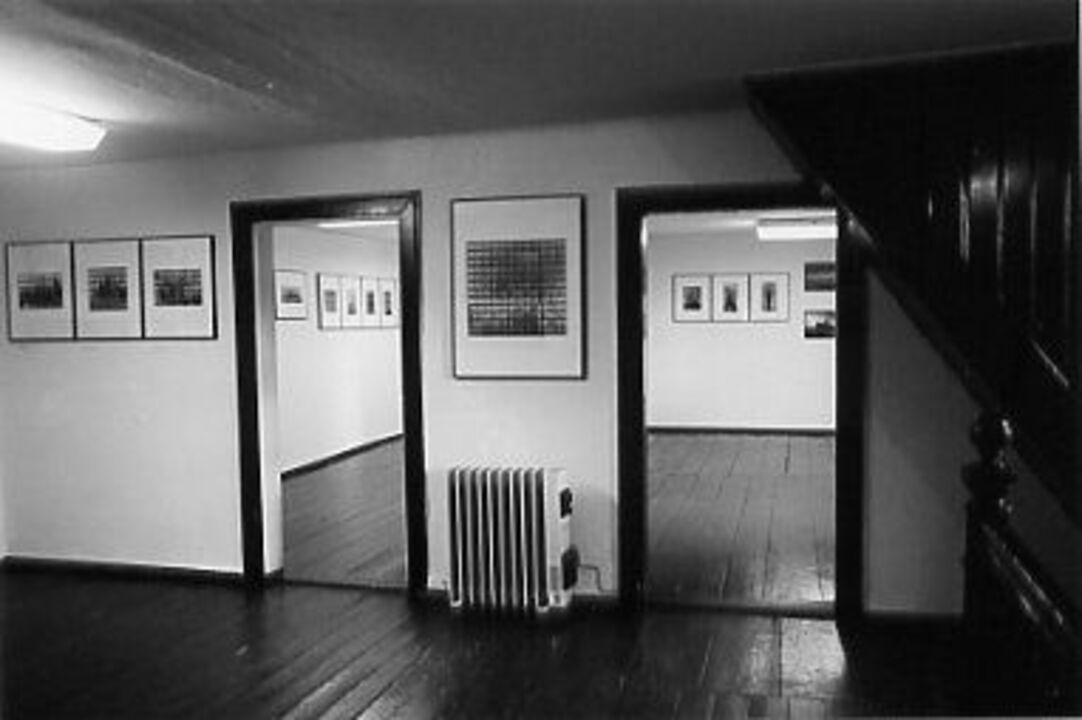Leipzig and the rest of the world

Leipzig and the rest of the world
January 25 - March 17, 2002
Kamera- und Fotomuseum Leipzig, Germany
Ingolf Rosendahl: Thomas Kellner, in: Leipziger Volkszeitung, January 25, 2002
Without Robert Delaunay, Thomas Kellner's photographic art would probably have taken on completely different forms. The painter was one of the French Cubists and became a source of inspiration for the artist from Siegen: “He painted a wonderful series about the Eiffel Tower,” says Kellner. “I had to pray over it when I was studying art history.”
Inspired by the Frenchman's play with the sound of color, the German traveled to Paris. “I wanted to implement the idea using photographic means,” he said. What contributed to the success was that Kellner was quite familiar with composing photos from individual images: “I experimented for a long time and built cameras with pinholes myself,” he remembers of his introduction to so-called multiple image systems.
Like a puzzle, Kellner dismantles the architectural beacons of European metropolises from London to Lisbon. But his motivation is not destructive rage. Rather, he creates something new and paradoxical from the rubble. His puzzle pieces seem to dance. Architecture that wants to compete with eternity is thus taken off its pedestal.
An image is usually made up of up to 36 negatives from a 35mm film. “But I have also used several films for a single image,” says the photo artist. His work could be seen in many countries and there was applause everywhere. When the Moelkauer Camera and Photo Museum got wind of Kellner's latest book and exhibition plans, its creators Kerstin Langner and Andreas J. Mueller said that local places, such as the main train station and the winter garden high-rise, would also be suitable for photos: "That's right," says Kellner. “That’s how my Leipzig cycle came about.”
(from: Leipziger Volkszeitung, Ingolf Rosendahl, January 25, 2002)








